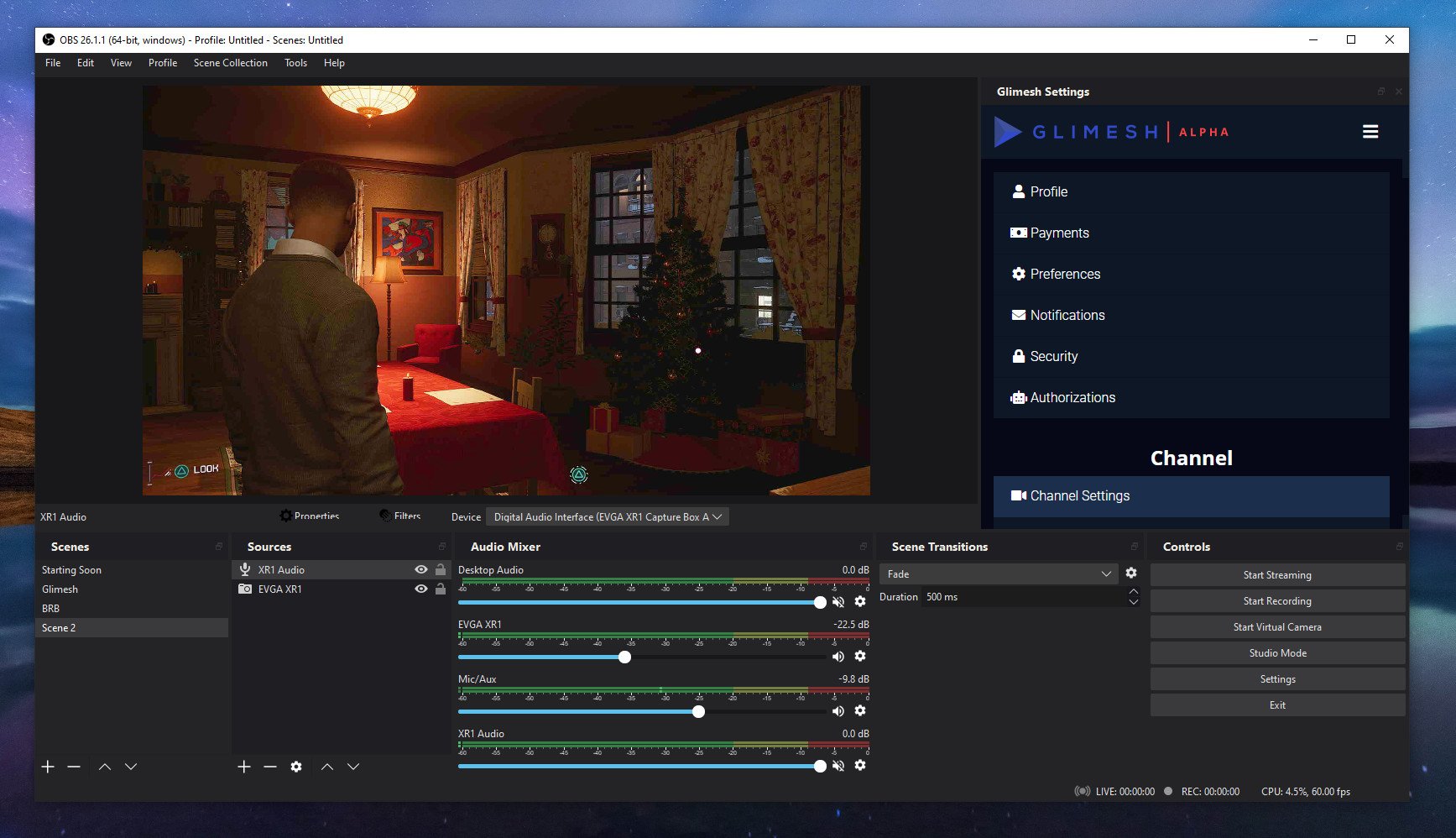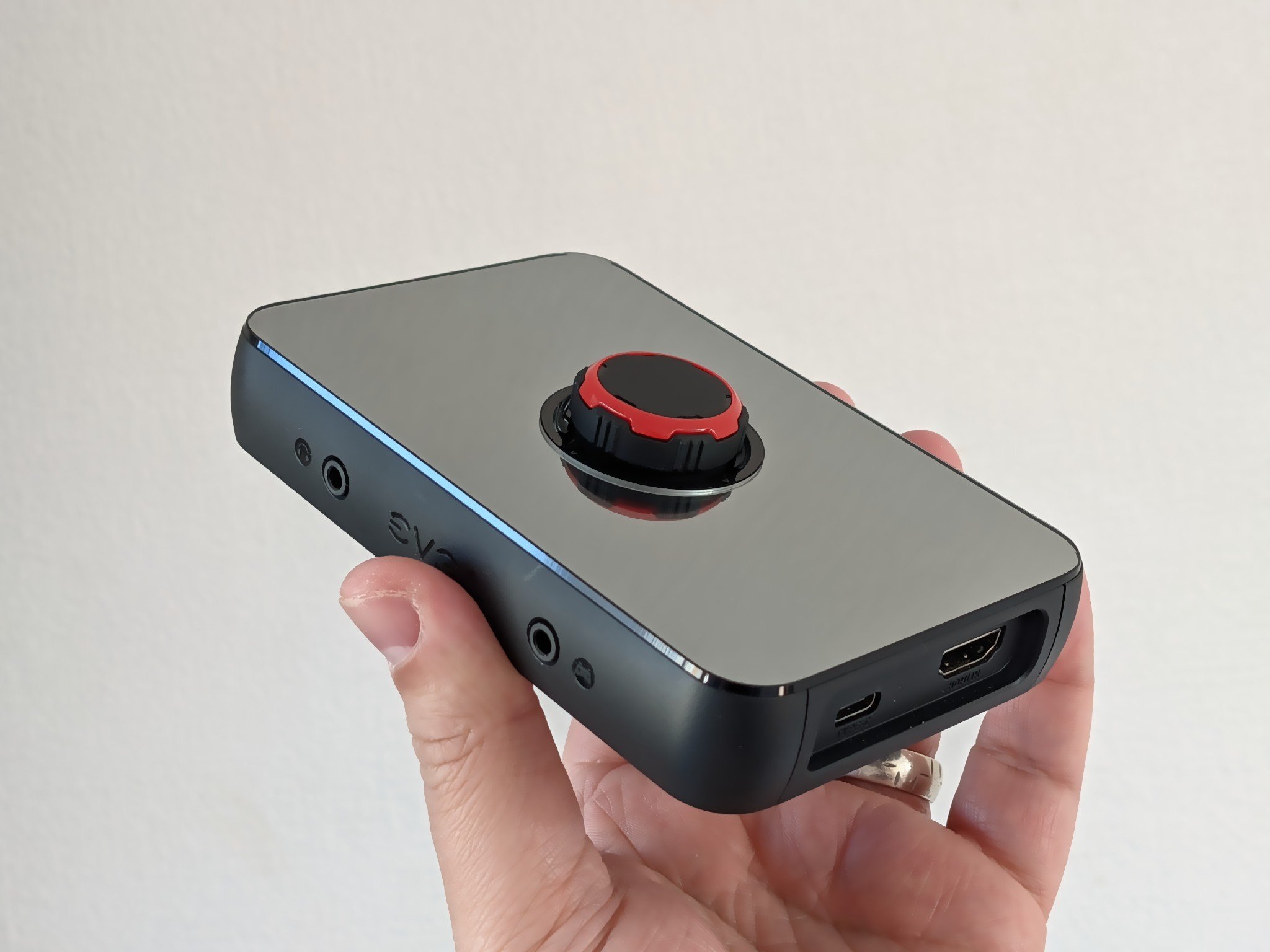
If you're a console gaming content creator then you want to have the best capture card in your arsenal. Whether it's for streaming or making YouTube videos, a bad capture card equals bad content.
There are usually two brands budding creators look towards in the first place. EVGA isn't one of them, more widely associated with graphics cards, motherboards, and power supplies. The XR1, then, is an intriguing product, and as it came with the first "OBS Certified" sticker on the box, you'll be thinking it brings a big game.
We never go on what a product says on the box, and in this case, you may well find yourself completely misunderstanding what's there.
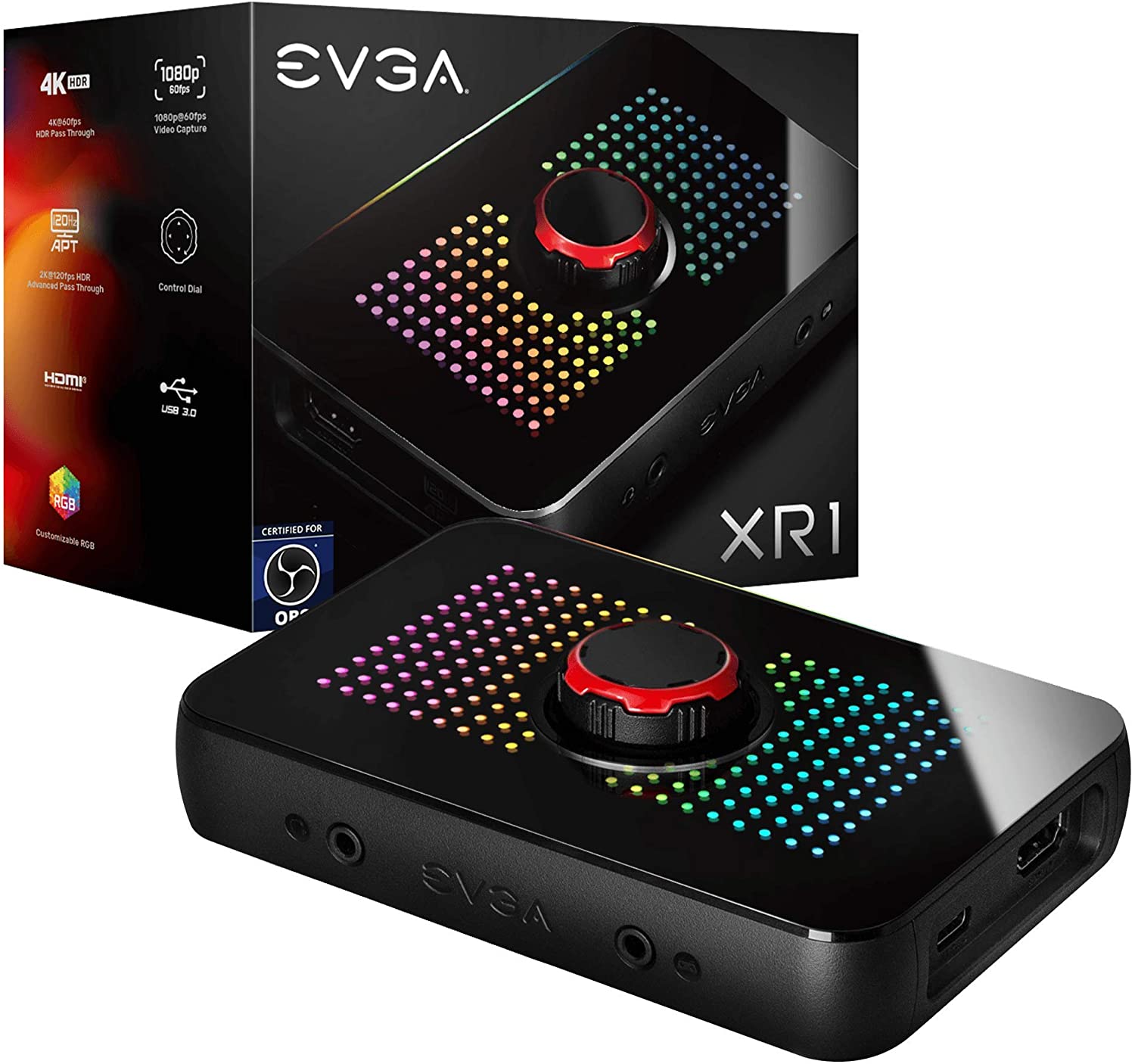
Bottom line: Don't buy this capture card if you're interested in high-frame-rate passthrough, because you won't be getting what you're hoping for. That aside, the XR1 is actually a pretty good capture card.
Pros
- Great looking footage
- 1080p60 capture
- 4K passthrough
- Solid audio features
- USB-C
Cons
- Poor quality cable in box
- 120Hz pass through is misleading
- Absolute dust and fingerprint magnet
- On-screen interference with a poor quality cable
EVGA XR1 at a glance
The EVGA XR1 is an external capture card that connects to the PC over USB 3.0. This makes it a perfect companion for both desktop and laptop users.
| Spec | Value |
|---|---|
| Interface | USB 3.0 Type-C |
| Video Input | HDMI 2.0 Up to 4K@60FPS |
| Audio Input | HDMI |
| Video Pass Through | Up to 2160p 60 FPS |
| Advanced Pass Through | Up to 1440p@120FPS |
| Capture | 1080p Up to 60 FPS |
| Encode format | RAW |
| Required CPU | Intel Core i5 6XXX and above AMD Ryzen 3 1300X and above |
| GPU | NVIDIA GTX 1060 and abover AMD RX 5600XT and above |
The EVGA XR1 doesn't require any additional software or drivers to operate, instead, it's a simple plug-and-play affair.
Windows 10 sees it as a webcam, so any apps that accept a webcam can also accept the XR1.
Being OBS Certified, OBS Studio is the most obvious choice of companion app to use with the XR1. But streamers will also have no trouble using Streamlabs OBS, XSplit, or any other popular broadcasting software.
All the latest news, reviews, and guides for Windows and Xbox diehards.
PC requirements are fairly low, though the XR1 still asks for a fairly capable GPU. For this review, I was using the XR1 with a gaming laptop, with a Ryzen 7 4800H and NVIDIA RTX 2060 inside.
However, the requirements can be taken with a pinch of salt. I actually tried the XR1 connected to the camera app on a 10th Gen Intel Core i3 Chromebook with no dedicated graphics and was able to record fairly decent footage. Your Windows PC is likely to handle it just fine.
What you'll like about the EVGA XR1
The EVGA XR1 is different from other capture cards and you'll see it the moment you open the box. This isn't a mere black rectangle, nor is it simply adorned with RGB to give it some gamer flair. Though it does have RGB.
The biggest standout feature on the hardware is the huge dial in the center of the mirrored finish on the top. All the various features are controlled with this, and the XR1 has a pretty solid audio game going on top of its video prowess.
There are times the audio features on the XR1 will become really useful, especially if you're not using an Xbox.
Whether you're going to use the audio features is another matter, but you're well catered for if you want it.
To go with the dial there's a headphone-out/microphone-in jack as well as an input for party chat linked from a controller. Not only does this ensure you can hear everything, but it makes sure if you want to stream your party chat as well, you can easily from any console.
All the various audio source levels can be managed on the XR1, though most will still likely use OBS for more granular controls, at least for what your stream or video recording hears.
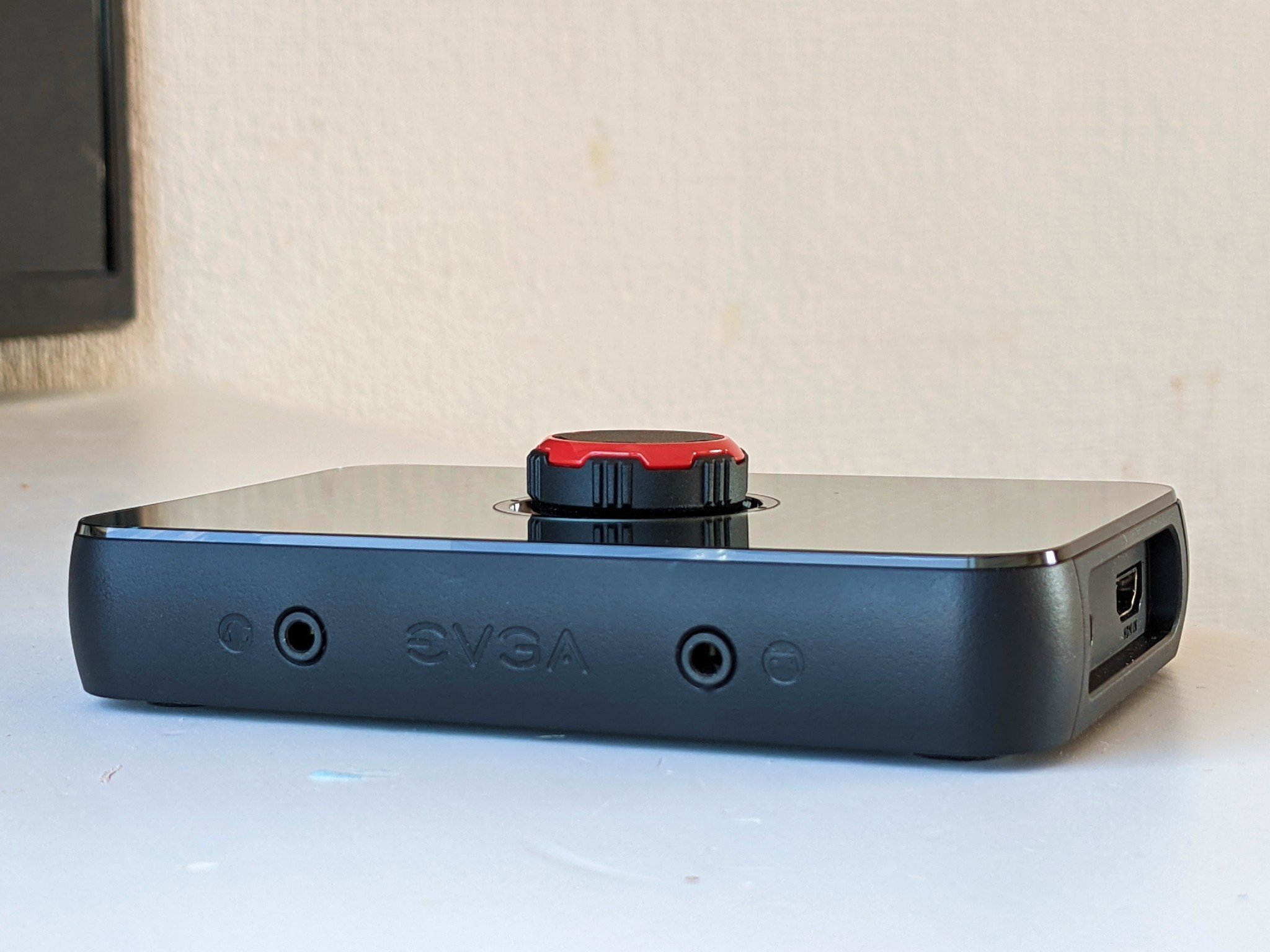
The XR1 audio features are also particularly useful to folks who own a PS5. Because Sony thought it a good idea to block HDMI game audio when a headset is connected, you need a way to hear the game audio as well as output the video to OBS to handle. The headphone output on the XR1 really came into its own here, solving a problem that shouldn't exist.
Whether you're gaming on PS5, Xbox Series X|S, or the last-gen consoles, the XR1 is perfectly capable of being a good quality stream tool. It can't match the true titans of the space, like the AVerMedia Live Gamer Bolt, but for streamers especially, it's very good. It can pass through video at 60 FPS at up to 4K resolution, while simultaneously capturing at 1080p60, which is what you want for streaming to services like Twitch.
All of this is done with a standard USB 3.0 connection, and using USB-C, too, and while EVGA doesn't specify a maximum supported bitrate, the XR1 does at least encode RAW. The footage looks superb and while there is latency, it's not close to being significant. It's hard to measure exactly, but it's easily less than a second. Not low enough to play the game (not that you would) through OBS, but low enough that it doesn't impact your stream interaction. It's doing a lot over USB, after all.
It's also worth noting that when the XR1 first launched there were reports of setting up in OBS being a convoluted process that involved separate audio sources that needed to be added. In the months since I don't know if EVGA changed something or OBS did, but that's not an issue. Hooking up is the same as any other capture card, with the audio coming along with the video feed.
You can still add the audio from the capture card as a separate source if you wish, and I did notice that doing so produces more volume, but it isn't necessary.
I can't avoid mentioning the RGB, either. It's a bit cliche at this point, slapping colorful, blinking lights on a gaming product, but on the XR1 the lights also serve a functional purpose. Different modes and audio levels use the lights as an indicator of what's going on, and the RGB is the only part of the XR1 to have its own companion software. If you don't like the stock choices, you can go customize them yourself.
What you'll dislike about the EVGA XR1
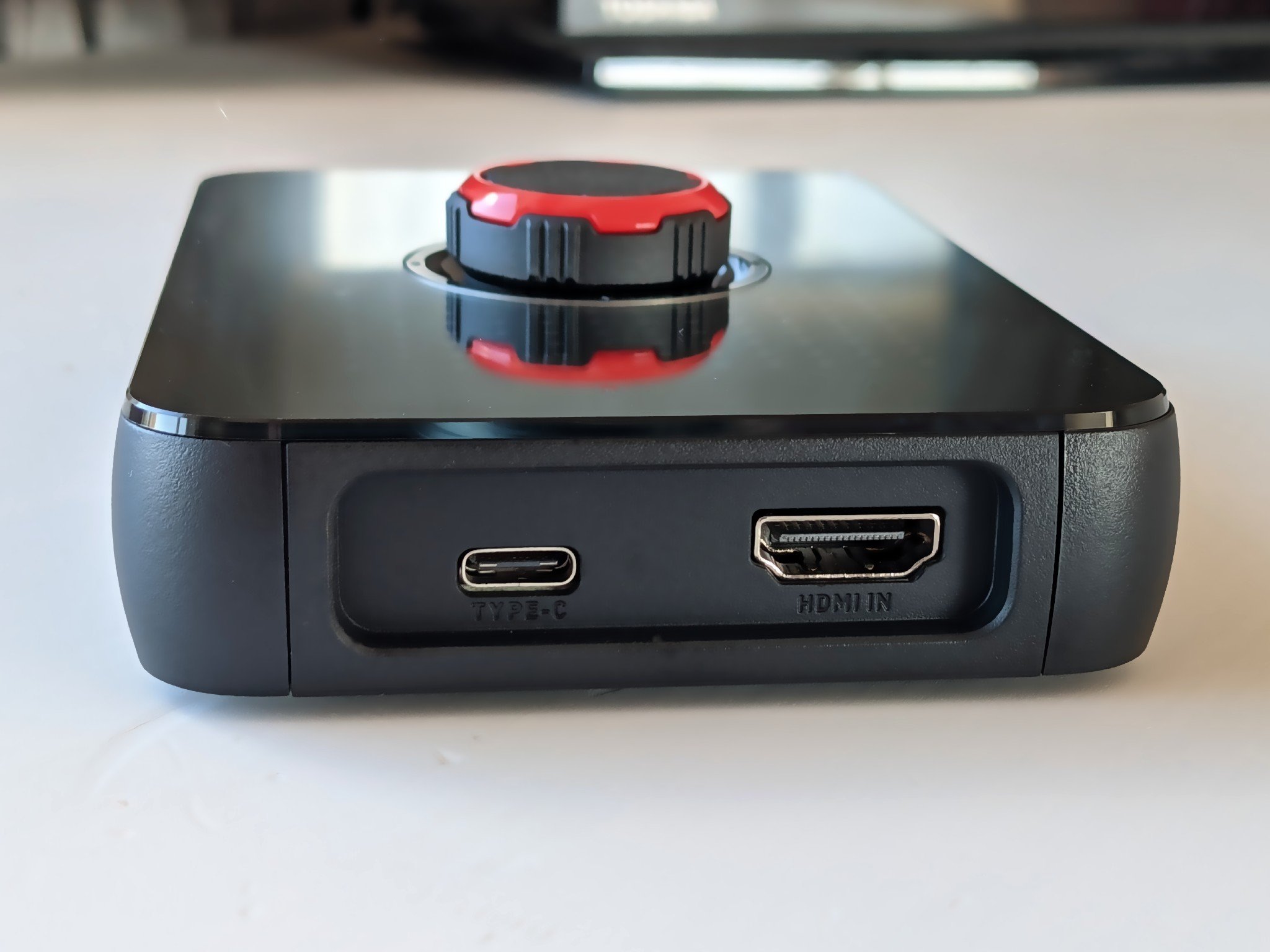
The EVGA XR1 is the best example I've seen in some time of a product that will catch you out if you don't read all of the marketing and the small print. Why do you ask?
"Advanced Pass Through."
Because I didn't read everything in full, I assumed that this meant the XR1 supported 120Hz pass through from my Xbox Series X in the same way all the other capture cards I've tested over the years supported pass through.
I was wrong. And having a quick look at local retailers around the time I acquired this unit didn't educate much, either.
Advanced Pass Through just turns the capture card off, it's mostly just so you can be lazy.
I don't know if it was marketing, the engineers, or another department in EVGA that came up with this term, but it's wildly misleading. On the one hand, yes, it does allow pass-through at 120Hz up to 1440p resolution. But you can't actually use the capture card while it does it. It effectively disables the capture feature when used.
The same effect would be delivered by unplugging your console from the capture card. This feature exists entirely so we can be lazy enough to not have to do that. If you were thinking this would be great to be able to stream with and still play your Series X at 120Hz, move along. It actually makes me quite cross, because I got sucked in, and I'm in the fortunate position of having tested a majority of the capture cards on sale today.
Anyway...
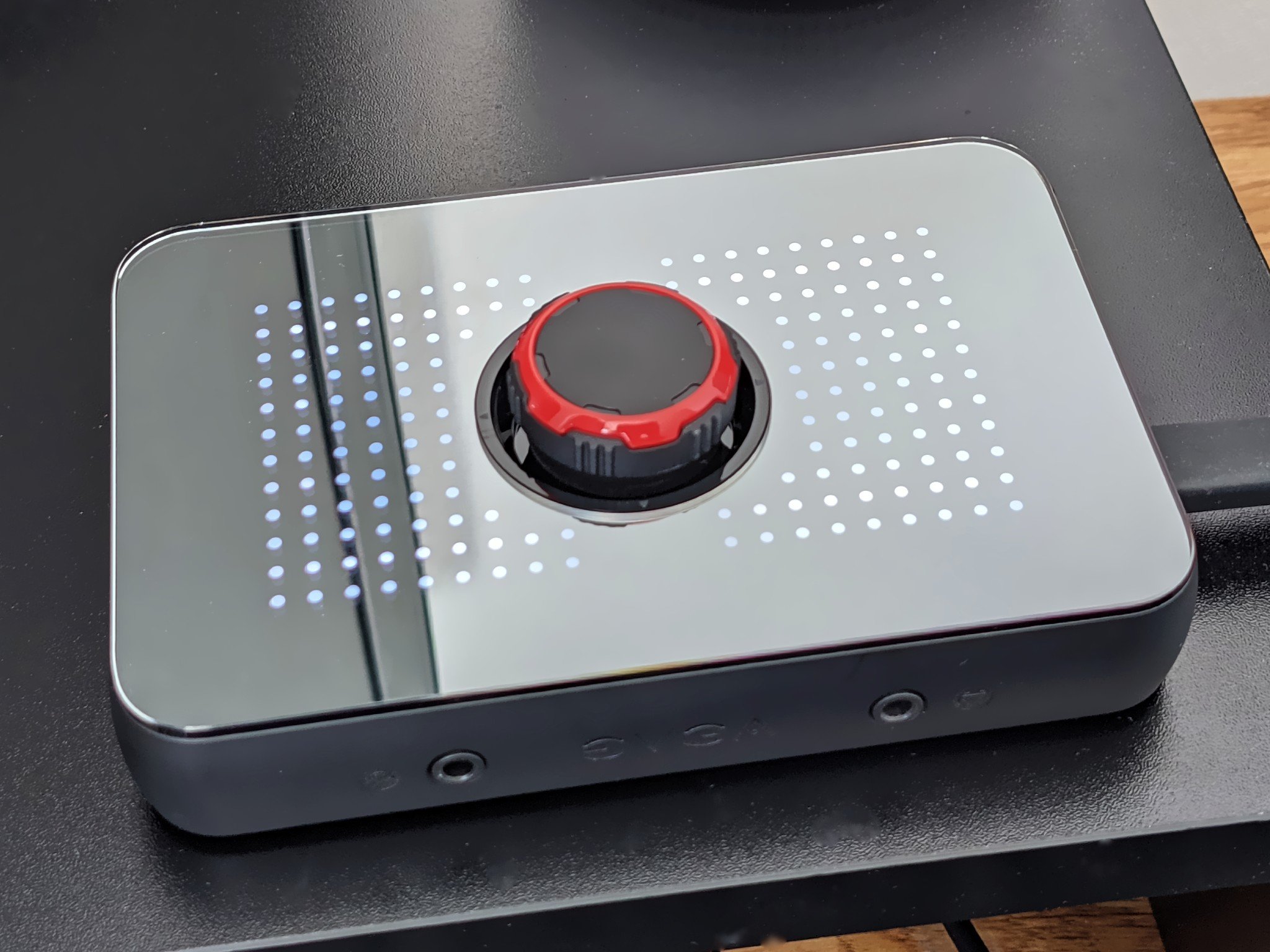
Another thing that isn't very good on the XR1 is the cable that comes in the box. For one, it has two USB-A connectors on it, with the intention of using both for the best performance (and, it seems, the 120Hz 'pass through' mode). Why? This isn't necessary, because I'm using a high-quality Razer USB-C cable, getting maximum performance and all features, and freeing up one USB port on my PC.
The cable in my unit also just flat out didn't work. It powered on the XR1 but that seemed to be the limit. After an hour of trying to figure out why there was no video in OBS, I threw the cable in the bin and replaced it. Everything worked immediately. Sure, I could have been unlucky and it was just faulty, but it doesn't feel like a quality item anyway. And the two connectors thing.
It's also worth pointing out that using a low-quality cable will also result in on-screen interference. This isn't exclusive to the XR1, the Razer Ripsaw suffers the same way when not using the cable that came with it (ironically the cable I eventually grabbed for the XR1). Bandwidth is key, so make sure you have a good one, maybe even grab something for USB 3.1 or 3.2 as a little extra insurance.
The XR1 is also a dust magnet like nothing I've ever seen before. That's also probably because I don't use many mirrored finish products in my office. But if you hate dust, you'll be cleaning this off a lot.
EVGA XR1: The competition
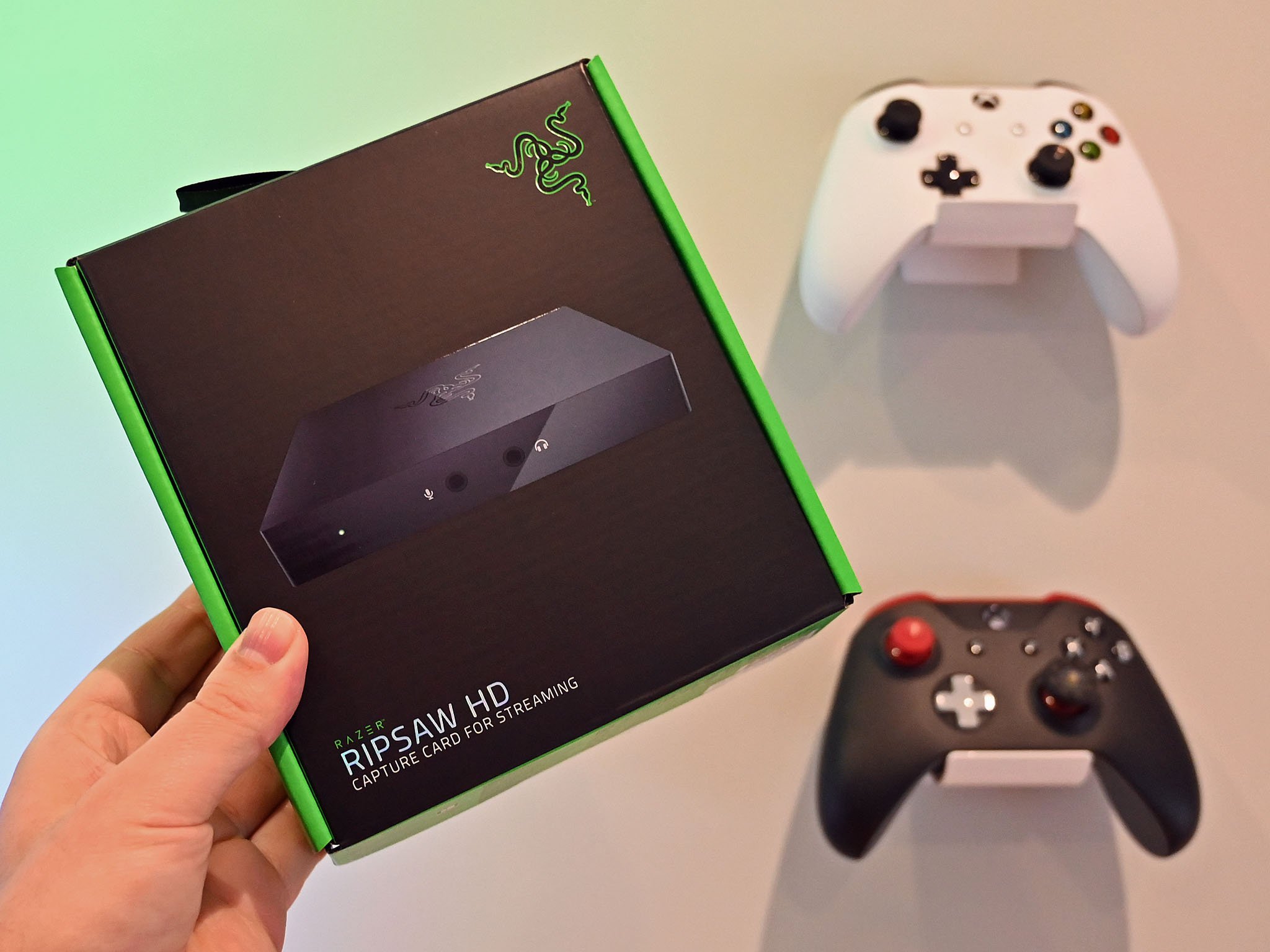
The EVGA XR1 is in a crowded space. There's no shortage of USB capture cards, likewise in the same price range. In fact, the only external capture cards that the XR1 isn't competing against are Elgato and AVerMedia's highest-end offerings.
So where does that leave the XR1? The most obvious competitor is the Elgato HD60S+. Like the XR1 it can handle 4K pass-through but also capture, albeit at 30 FPS. It does have some gremlins with HDCP, and it's more expensive and requires specialist drivers.
There's also the AVerMedia Live Gamer Ultra, a capture card that doesn't hide behind misleading marketing when it comes to its pass-through capabilities. As an added bonus, the Live Gamer Ultra can capture in 4K as well as pass the video through, and it isn't a million miles away from the XR1 on price.
The closest competitor on hardware and features is the Razer Ripsaw HD. It, too, is a simple plug-and-play affair and like the XR1 has dedicated audio jacks on the front. It's capable of 4K pass-through and matches the capture resolution at 1080p60. It's also quite a lot smaller and much more discreet.
Should you buy the EVGA XR1?
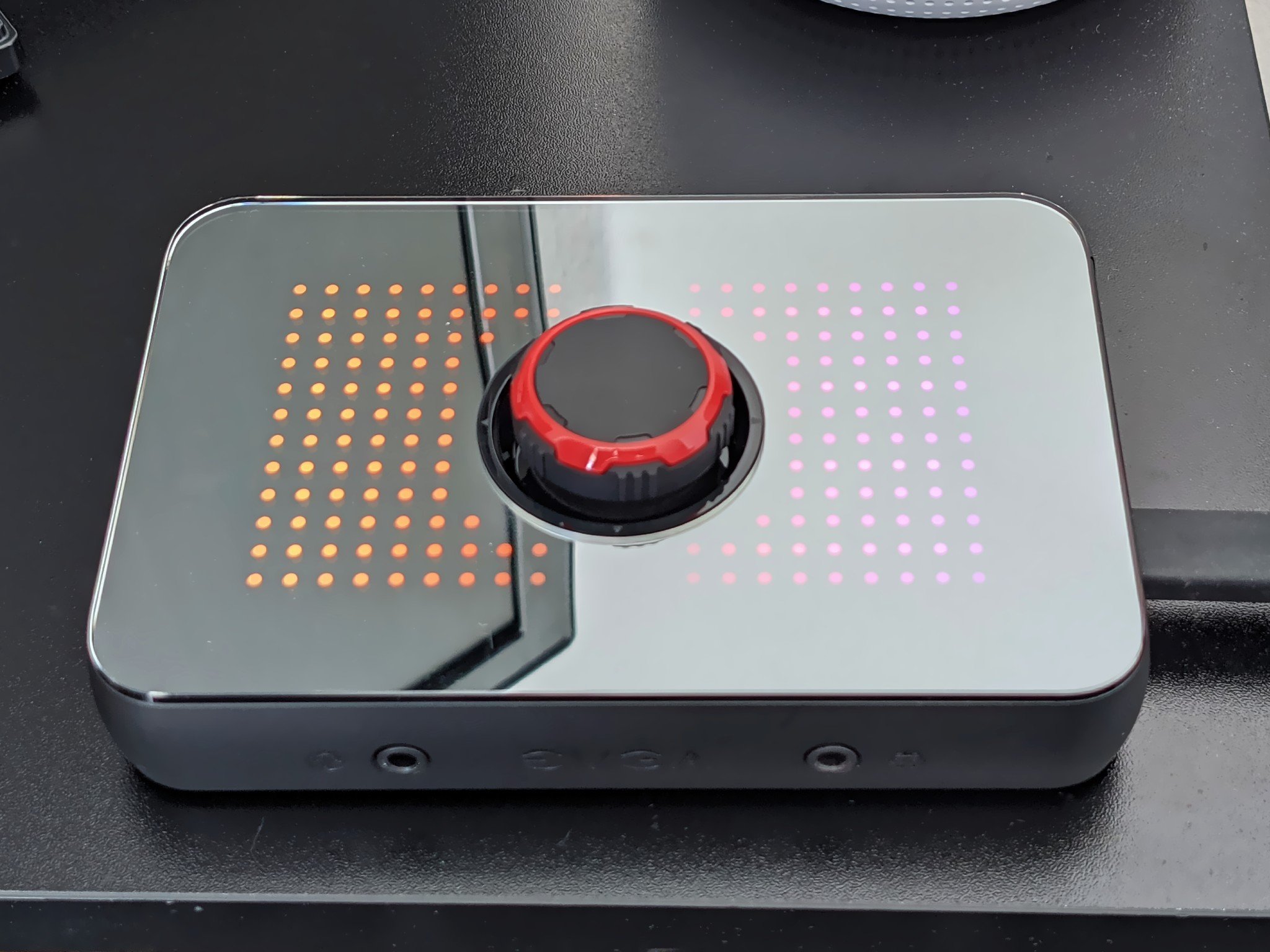
I'll admit, my first 24 hours with the EVGA XR1 were sour. Having been duped into thinking it was something it's not, admittedly some of that is on me for not reading the manufacturer's website in full, I was irritated.
The saving grace is that recently, in the UK anyway, the XR1 has been available for cheap. The discounts seen put it only a hair more expensive than the AVerMedia Live Gamer Mini, and this is a much more capable capture card. Even with the rubbish cable.
It isn't a bad product, though. It's also not the capture card I'm going to tell you to run out and buy. I do appreciate that EVGA tried to do something different, and while it's not something I'll use a lot, the extra audio features on hand have been extremely useful in some cases. And I'm a sucker for RGB.
The XR1 is a good capture card, but it's also no better than any of the competing, more established products. And while many old hands have no issues using OBS, both Elgato and AVerMedia with their easy-to-use apps, are more welcoming for newcomers.
My best recommendation would be to give it a try if you've been interested and it ticks the boxes you need to tick, but avoid paying full price. The $180 RRP is too high, but if you can score a discount you'll be very pleased. Where it really counts, the XR1 delivers, with great-looking video and high-quality sound backed by easy, reliable operation.

Richard Devine is a Managing Editor at Windows Central with over a decade of experience. A former Project Manager and long-term tech addict, he joined Mobile Nations in 2011 and has been found on Android Central and iMore as well as Windows Central. Currently, you'll find him steering the site's coverage of all manner of PC hardware and reviews. Find him on Mastodon at mstdn.social/@richdevine

